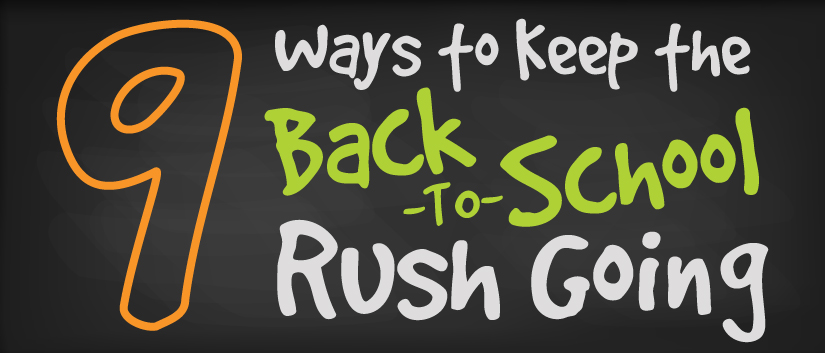It’s the time of year where goals start creeping into consciousness. We are evaluating the goals we fell short on this past year and establishing new benchmarks for next year. It is also around this time that the onslaught of articles come out about whether or not goal setting is even worthwhile. On one hand, goals can inspire employees to reach higher, but on the other, they can also become a hinderance and waste precious time.
 Reading one article to the next, you will find conflicting advice about goal setting. Some may say to set attainable goals. Others will adamantly disagree, stating that the higher the goal is set, the harder one will work to reach it. Both methods can be anecdotally supported or even with some research. There is debate around almost every aspect with very little conclusive evidence supporting any side.
Reading one article to the next, you will find conflicting advice about goal setting. Some may say to set attainable goals. Others will adamantly disagree, stating that the higher the goal is set, the harder one will work to reach it. Both methods can be anecdotally supported or even with some research. There is debate around almost every aspect with very little conclusive evidence supporting any side.
However, goals are often a part of the fabric of institutions or companies, meaning ultimately professional goals are expected from most of us.
So, what are the strengths and weaknesses of different types of goals?
SMART Goals
SMART Goals seem to be the most popular method for goal setting right now. SMART is an acronym that stands for Specific, Measurable, Attainable, Realistic and Time-bound. The basic idea behind this method is to avoid setting vague goals (i.e. sell more textbooks). Instead, aim to produce granular goals that specify what success looks like.
However, you don’t stop there. Once you have a specific goal, you assess it. Is this goal something that can be measured? Is it an attainable? Is it realistic given the potential roadblocks you will encounter and the other tasks you have to perform? And finally, you set a specified end date for the goal. In the end your SMART goal will look something like this.
Increase textbook sales by 10% from [$current sales] to [$desired sales] by December, 2018.
Strengths
- Creates a specific frame work for how goals should be written
- Success is measurable
- Employees have a clear understanding of expectations
Weaknesses
- Potential to set weak goals since they need to be seen as attainable
- No test for whether or not the goal being set is the right goal
Locke and Latham’s Principles of Goal Setting
This method comes from researchers Drs. Edwin Locke and Gary Latham who spent over thirty years studying goal setting and its effect on business employees. There are five key principles to setting goals under their method.
First, the desired result should be clear and defined. Second, the goal should be challenging. It shouldn’t be unattainable, but it should be difficult. Third, inspire goal commitment. This can be achieved through making the goals public and offering managerial support along the way. Fourth, feedback should be given throughout the pursuit of the goal. And fifth, avoid unnecessary goal complexity.
The idea behind this theory comes from Locke and Latham’s research that showed specific, difficult goals lead to higher performances and generated greater effort. Also, they found that tight deadlines lead to faster work and that making the goals public enhanced employee commitment to meeting the goals.
Strengths
- Employees will be challenged to try harder and do more
- Goals set by management will better align with the overall vision
- Faster results
Weaknesses
- Greater time commitment
Big Hairy Audacious Goals
This method of goal setting tells us to set Big Hairy Audacious Goals (BHAGs). Written like a company vision statement, the aim is to create a single long-term goal for your store that is audacious and has less than 100% chance for success. According to Jim Collins, business consultant and author, a 50-70% chance on obtaining a goal is ideal.
A psychological experiment on student tendencies to compare themselves to others, found that competitive attitudes and behavior changed based on the number of students in the class. The N-effect states that an increased number of competitors decreases competitive motivation. So, in a testing environment groups of 10 students achieve higher scores than a group of 100 students because the student perceives that there is a better chance of ranking higher when there is less competition.
Many executives from Elon Musk to Chairman of Google Eric Schmidt, talk about how their companies accelerated innovation by thinking big. By daring to set goals that have far from certain outcomes, they have reached new heights and set new bars. These goals limited the number of competitors these companies had to compete against, making them more likely to reach higher achievements.
Strengths
- Larger goals can mean greater success
- Employees with goals described as hard or audacious are more likely to love their jobs
Weaknesses
- Higher chance of failure
- More disruptive
As you set out to create store goals this year ask yourself how you will measure your success, how accountability can be added to your goals and what would happen if you reached





